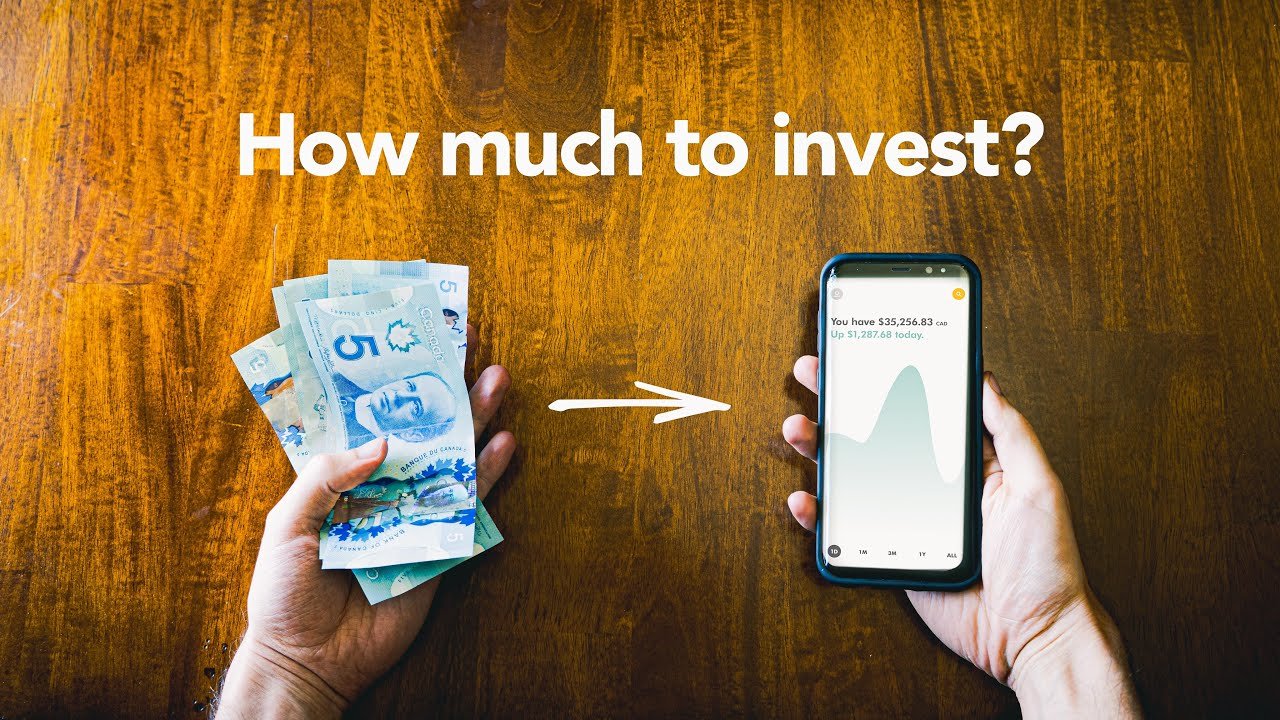How Much Gold Can You Buy and Sell?

Gold has held its place as a favored investment asset for centuries, and today it’s widely regarded as a store of wealth and a hedge against economic instability. However, many investors are curious about limits on how much gold they can buy and sell and what legal regulations they should be aware of when acquiring or liquidating this precious metal. This guide dives deep into buying gold limits, selling gold regulations, and the rules surrounding maximum gold ownership for investors.

Understanding Gold Ownership: Is There a Limit?
For most countries, private citizens can purchase and hold gold in various forms—such as bullion, coins, or jewelry—without strict legal restrictions on ownership quantity. However, when it comes to large amounts, there are certain gold investment limits and legal gold limits for investors that must be considered for tax and regulatory reasons.
Maximum Gold Ownership and Reporting Requirements
Most countries do not impose direct gold buying restrictions or limits on gold ownership. However, investors must often report large gold purchases for tax purposes, particularly if they exceed certain thresholds. Reporting requirements vary by country:
- United States: In the U.S., investors may be required to report gold sales that meet specific criteria to the IRS. While there’s no official cap on maximum gold ownership, tax rules apply to gains from the sale of gold.
- European Union: In the EU, regulations are generally aligned with anti-money laundering laws, which means purchases above a certain amount must be reported.
- India: India has some of the strictest limits on gold ownership. For example, married women are allowed up to 500 grams, unmarried women up to 250 grams, and men up to 100 grams, though these limits are rarely enforced unless there’s suspicion of tax evasion.
Gold Buying Limits: What You Need to Know
While there may not be strict legal gold buying limits in most regions, there are practical considerations when investing heavily in gold. Some of these include:
- Dealer Policies: Some gold dealers may impose their own restrictions based on stock availability and the size of the transaction. Additionally, purchases above a certain amount may be subject to additional identification checks.
- Banking and Tax Reporting: Some financial institutions might impose limits on gold purchases using certain payment methods, such as credit or debit cards. Purchases above a set threshold may also require filing paperwork with tax authorities.
- Regulatory Monitoring: Large, repeated purchases might trigger regulatory scrutiny. For example, purchases over $10,000 in the U.S. require Form 8300 to be filed with the IRS as part of anti-money laundering measures.
Selling Gold: Are There Any Gold Selling Limits?
Selling gold is often less restricted than buying it, though certain gold selling limits and regulations apply. When it comes to liquidating gold assets, whether they are coins, bars, or jewelry, investors should be aware of:
- Capital Gains Tax: Most countries tax profits from gold sales. This means you may be subject to capital gains tax when you sell your gold, depending on your country’s tax laws.
- Gold Selling Regulations: In the U.S., certain transactions require dealers to report sales, especially if the gold is sold in specific forms, such as bars or coins, in large quantities. This helps ensure compliance with tax obligations.
- Holding Period: Some investors may choose to hold gold long enough to qualify for lower tax rates on long-term capital gains, which can affect their timing and strategy for selling.
Legal Gold Limits for Investors: Taxes and Reporting
In addition to practical limits, legal gold limits for investors often focus on taxation and reporting, particularly for high-value transactions. Here are some key points to consider:
- Thresholds for Reporting: Different countries have varying thresholds above which gold transactions must be reported. These can be as low as $10,000 in the U.S., with similar thresholds in the EU, UK, and Canada.
- Capital Gains Tax: Profits from gold sales are typically taxed. Some countries offer tax exemptions on small amounts, while larger transactions are usually taxable.
- VAT and Sales Tax: In certain jurisdictions, VAT (Value Added Tax) applies to some forms of gold, like jewelry, but not investment-grade gold. It’s worth checking these taxes beforehand to plan effectively.
How Much Gold Can You Buy for Investment Purposes?
For investors, understanding gold buying restrictions can help in navigating potential challenges. Here are the key things to consider:
- Investment Grade vs. Non-Investment Grade: Investment-grade gold, such as 24k bullion, is generally tax-exempt in many regions. Non-investment grade items like collectibles or jewelry may carry different tax implications.
- Avoiding Physical Storage Limits: If you’re planning to buy large quantities of gold, consider whether you have the means to store it safely. Buying gold guides often recommend high-security storage vaults or insured deposit boxes for large investments.
- Regulated Dealers: Working with licensed and reputable dealers is essential for larger purchases, as they ensure compliance with any legal gold limits and gold trading limits that may apply to the transaction.
Buying Gold Guide: Steps for First-Time Buyers
For new investors, following a structured approach to purchasing gold can help avoid regulatory pitfalls and maximize investment potential. Here’s a buying gold guide to get you started:
- Choose the Right Form: Decide between gold bars, coins, or jewelry. Each form has its benefits and implications for resale.
- Check Dealer Credibility: Purchase only from reputable dealers who comply with local and international regulations.
- Understand Costs: Keep in mind that additional costs, such as transaction fees, shipping, and storage, might apply. Confirm all fees before committing to a purchase.
- Comply with Reporting: For larger purchases, ensure you comply with any tax or reporting requirements, especially for transactions above $10,000.
Selling Gold Guide: Tips for Maximizing Returns
Selling gold can be just as complex as buying it. Following these steps can help streamline the process and maximize profits:
- Understand Current Market Rates: Gold prices fluctuate, so it’s crucial to check market rates before selling.
- Find a Trusted Dealer: When selling, go to a reputable dealer who offers competitive buyback prices. You might also want to shop around for the best offer.
- Prepare for Taxes: If your profits exceed certain limits, they may be subject to capital gains tax. It’s advisable to consult with a tax advisor to understand the specific tax implications in your country.
- Check Legal Selling Limits: Familiarize yourself with any gold trading limits that might apply to ensure compliance with local regulations.
Key Takeaways on Gold Investment Limits
In general, there’s flexibility in how much gold you can buy and sell, though gold investment limits and gold selling regulations do vary by jurisdiction. By understanding legal gold limits for investors and adhering to gold buying restrictions, you can make informed decisions that align with both your investment goals and regulatory requirements.
Remember, investing in gold involves strategic considerations, especially for large purchases. Knowing the rules about how much gold you can buy and how much gold you can sell can help optimize your approach, avoid unnecessary taxes, and make the most of your investment.
Open a FREE Bullion Vault account today with no obligation to trade! BONUS: Sign up now and receive a risk-free 1/8 oz (4g) of silver to kickstart your journey into precious metals investing






Comment